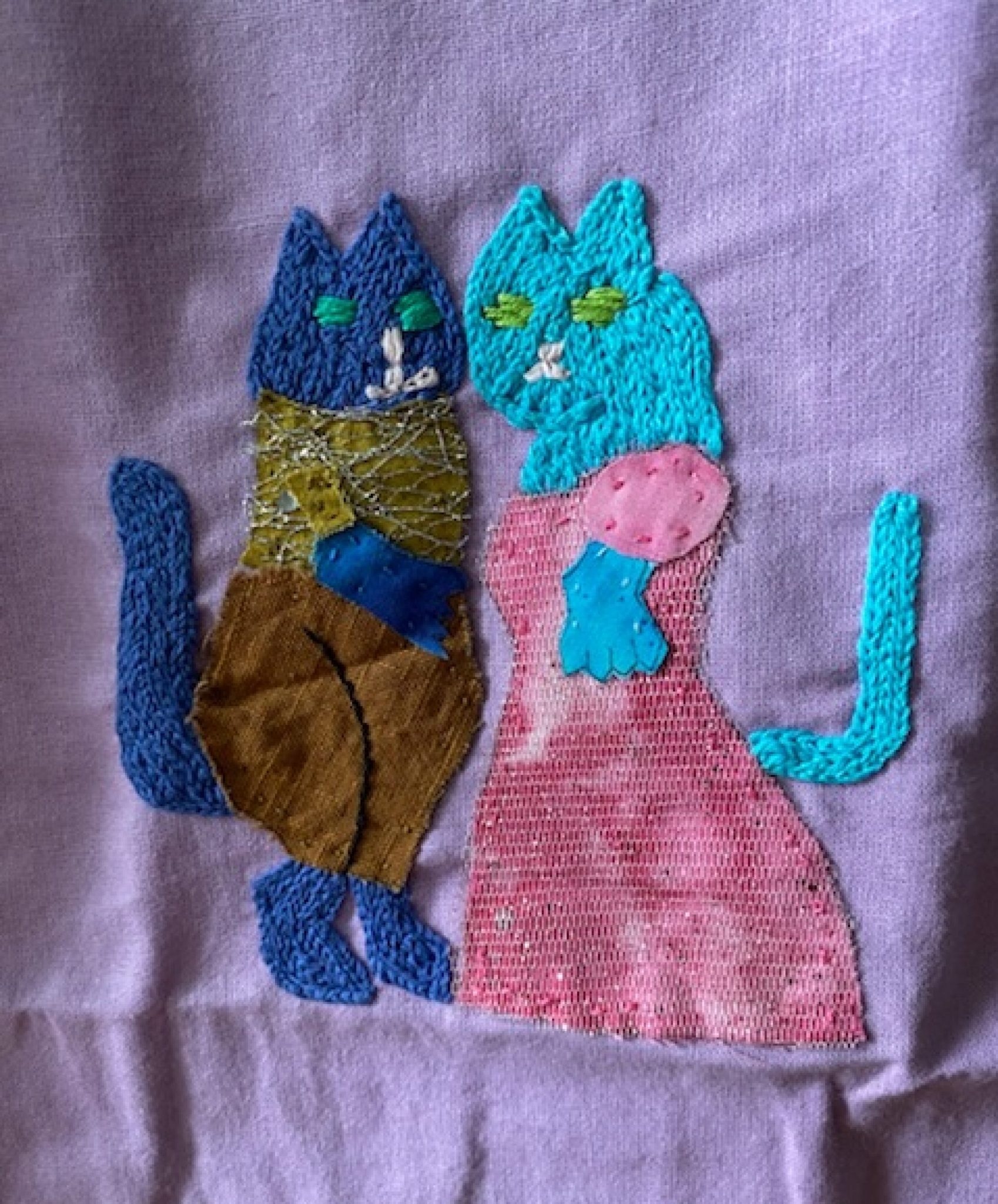How many dying people will go gently into the night? Often we read obituaries about the dead who have fought the brave fight until their very last breath. How should the sickly die? Should they go gently or fighting?
I’ve encountered more people who fight death, than welcome it reticent and submissive. Old people think they are not too old to die of ageing causes. One person might try to strike bargains with God for an extended lease of life beyond organ failure. No, you can’t delay subsequences by manipulation of causative factors. The subsequence of fatal disease is death and manipulation is not possible for terminal illness.
Another person may go around searching for a benefactor to pay for costly medical treatment to reverse organ damage because he is unwilling to accept defeat at Death’s feet. This person was shouting vulgarities and lies in attempts to blackmail money to buy some medical treatments. He should have approached charities, social welfare agencies and philanthropists instead of doing gas-lighting and slandering.
There is no line between life and death for the terminally ill. They have one foot at Death’s door and they are trying to drag the other foot as slowly as possible. It doesn’t work that way. No, you can’t delay subsequences by manipulation of causative factors.
Elizabeth Holland was written about “The Balance Between Life and Death”. In her book, her protagonist attempted suicide because she thought her boyfriend betrayed her by abandoning her on a crucial anniversary day. For the able bodied who court death, they had the ability to make that choice. They walked the precarious balance between living a hard life, or choosing to die because they were disappointed.
Paid link #ad for #CommissionsEarned if you buy something through this link for:
The Balance Between Life and Death, by Elizabeth Holland.
